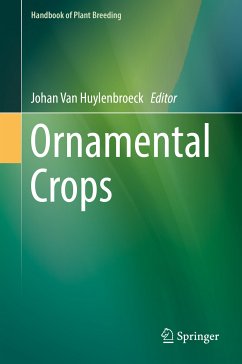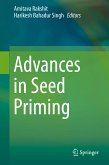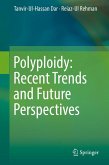Ornamental plants are economically important worldwide. Both growers and consumers ask continuously for new, improved varieties. Although there are numerous ornamental species, ornamental plant breeding and plant breeding research is mainly limited to some major species. This book focuses on the recent advances and achievements in ornamental plant breeding. The first part of the book focuses on plant traits and breeding techniques that are typical for ornamental plants. Eminent research groups write these general chapters. For plant traits like flower colour or shape, breeding for disease resistance and vase or shelf life are reviewed. General technical plant breeding chapters deal with mutation breeding, polyploidisation, in vitro breeding techniques and new developments in molecular techniques. The second part of the book consists of crop-specific chapters. Here all economically major ornamental species are handled together with selected representative species from different plant groups (cut flowers, pot plants, woody ornamental plants). In these crop-specific chapters, the main focus is on recent scientific achievements over the last decade.
Dieser Download kann aus rechtlichen Gründen nur mit Rechnungsadresse in A, B, BG, CY, CZ, D, DK, EW, E, FIN, F, GR, HR, H, IRL, I, LT, L, LR, M, NL, PL, P, R, S, SLO, SK ausgeliefert werden.
Hinweis: Dieser Artikel kann nur an eine deutsche Lieferadresse ausgeliefert werden.









